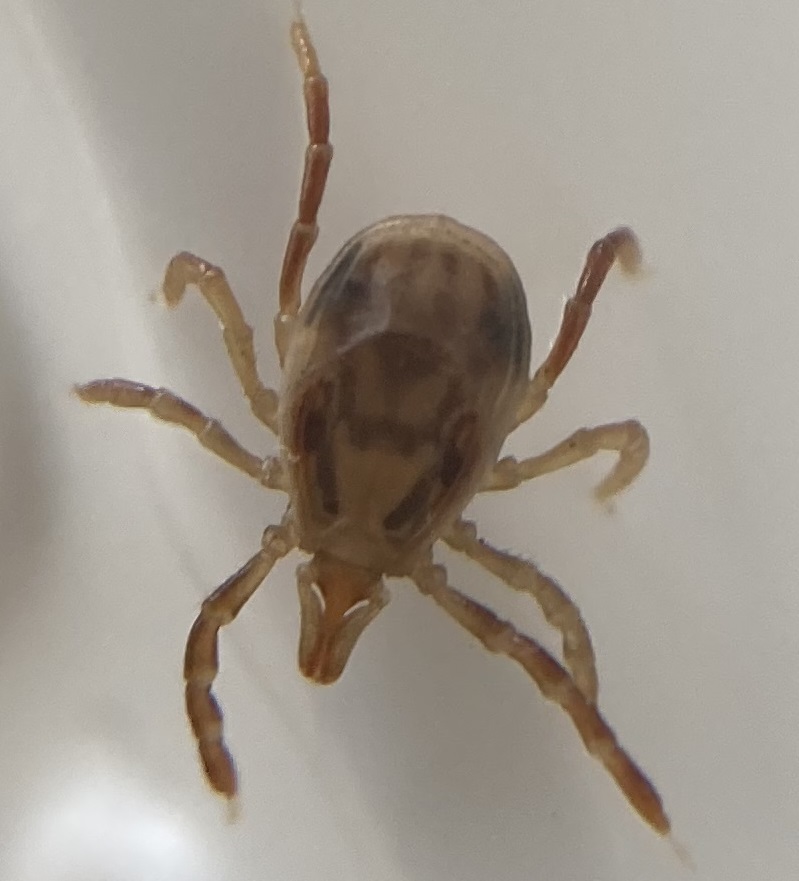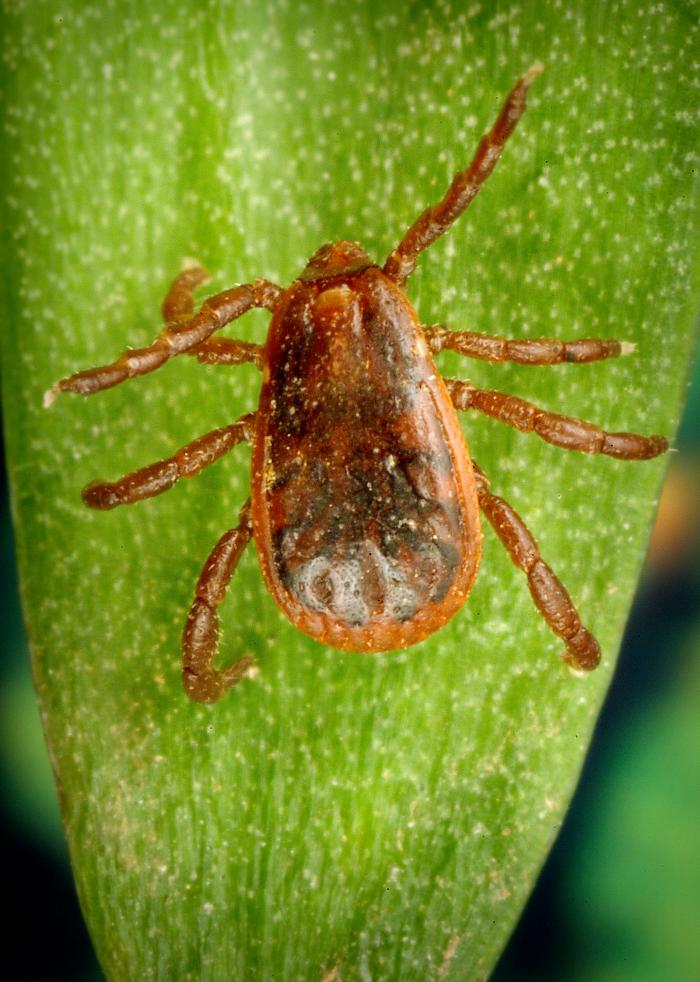Key points
- Tick season is in full swing in eastern Australia, bringing heightened risks from these tiny, blood-feeding parasites.
- Our research sheds light on 73 tick species in Australia, including a minority that commonly bite humans and pets.
- Protect yourself and your pets by being tick aware when outdoors especially in bushland.
Tick season has well and truly arrived in eastern Australia. As the weather warms up, these tiny terrors are on the lookout for food.
While the thought of parasites like ticks makes most people’s skin crawl, our Research Scientist Dr Alexander Gofton can't get enough of them! He’s dedicated almost a decade to figuring out what makes these pesky parasites...well...tick.
So, what exactly are ticks? And what’s the best way to remove a tick? Let’s take a closer look.
What are ticks?
"Ticks are blood-feeding arachnids. They’re more closely related to mites and spiders than other blood-sucking insects like mosquitoes,” Alexander said.
“Ticks can bite a wide variety of animals, including mammals, reptiles and birds. They crawl up long grass or twigs to wait in ambush for a passing host animal.”
Once on their host, ticks seek out somewhere warm and moist. They then inject a cocktail of salivary juices including anaesthetics and anticoagulants. These compounds prevent the host from feeling the bite and they slow blood clotting, which makes it easier for the ticks to feed. However, unlike other blood-suckers like mozzies that feed rapidly, ticks remain attached to their hosts for up to five days before dropping off!

Australia’s top ticks
Australia is home to 73 different tick species, most of which don’t occur anywhere else in the world!
“The vast majority of them don’t attack humans. Instead, they’ve adapted to feed on specific host animals. Echidnas, platypus, wombats, and even goannas have their own unique tick species that feed just on them," Alexander said.
Only four tick species around Australia commonly bite people and pets:
- Ixodes holocyclus, the Eastern paralysis tick, common in coastal Queensland, New South Wales, and northern Victoria
- Ixodes cornuatus, the Southern paralysis tick, common in Victoria and Tasmania
- Amblyomma triguttatum, the Ornate kangaroo tick, common throughout Australia, particularly in south-west Western Australia
- Rhipicephalus linnaei, the Brown dog tick, common throughout Australia, but only bites dogs.
When are ticks most active?
Ticks have three distinct life stages: larvae, nymph, and adult. Each stage requires a blood meal in order to develop to the next stage. Ticks are active throughout the whole year, but adult ticks are most active in the spring and summer months, which is why we see most cases at this time of the year.
“Adult ticks are large enough to be seen easily. Some species such as the Eastern paralysis tick can cause serious health issues like tick paralysis in our pets,” Alexander said.
"Larvae and nymphs, are tiny (about 0.5-1.5 mm). They’re sometimes called seed ticks, grass ticks, or pepper ticks. They’re more abundant throughout autumn and winter. Bites from these ticks can be just as serious as those from adult ticks. And because they’re so small people often don’t even realise they've even been bitten."
Protecting yourself and your pets
Just like mozzie bites, most tick bites are annoying and itchy but generally harmless.
The most common reaction to tick bites is a localised allergic reaction around the bite site. This may include swelling, itch, rash, or a bruise-like mark. Less commonly, people can have broader reactions such as an itchy hive-like rash throughout the body or more serious illnesses. So, we need to take every precaution to protect ourselves and our pets against tick bites.
Protect yourself with these tick tips
Wear protective clothing
When venturing into tick-prone areas like bushland or tall grass, wear long-sleeved shirts, long pants, and closed shoes. Tuck pants into socks for extra protection. Light-coloured clothing can make it easier to see a tick.
Use tick repellents
Apply tick repellents or insecticides containing DEET to exposed skin and clothing.
Be tick alert
Be alert when you’re in the bush and avoid sitting or laying in tall grass or leaf-litter. After outdoor activities do a tick check. Thoroughly check your body, including areas like your scalp, underarms, and groin, for ticks.
How to remove a tick
If you've found a tick on your body, don't panic. There is an easy and safe way to remove them to minimise the risk of infection or allergy.
Freeze the tick in-place with an ether-based freezing spray designed for ticks. This will kill the tick then allow it to drop off. If a freezing spray is unavailable, or the tick does not drop off naturally after spraying, use fine-tipped tweezer to grasp the tick’s head as close as you can to the skin. Slowly and steadily pull the tick upward, without twisting, jerking or bending it. Be sure to remove the entire tick, including its mouthparts.
If the tick is too small to remove, smother it with a permethrin-containing cream (available at pharmacies) to kill it in place. It’ll then drop off later.
Health information on tick bites is available from Health Direct, the Department of Health in your state or from your GP.

And don’t forget your pets...
Talk to your veterinarian about ongoing tick prevention products suitable for your pet. There are various spot treatments, collars, and oral medications available. Also make sure to include your furry companion in your routine tick checks, paying special attention around their ears, head, neck, and paws. If you find a tick, remove it promptly with tweezers.
Tick paralysis from tick saliva can be fatal for our furry friends, as it affects their central nervous system. It's important to check pets for ticks often as the severity of tick paralysis depends on how long the tick has been attached.
Ticks can also spread canine monocytic ehrlichiosis (CME) in dogs throughout northern and central Australia. Antibiotic treatment based on advice from your veterinarian is the usual treatment.
Ticks are a natural part of our unique Australian ecosystems. But you don't need to let them ruin your outdoor activities this summer!
By arming yourself with a little knowledge and being tick-smart when in the bush, you can reduce and manage tick bites. Ticking these boxes will leave you to enjoy the great outdoors while safeguarding your health and your pets.
